![]() This learning track covers a comprehensive study of microwave integrated circuits, impedance matching, and the Smith Chart. It delves into the field of electrical engineering, dealing with signals having a frequency range. The track explains the key aspect of microwave engineering, which is the wavelength of the signal, and discusses the TEM, TE, and TM waves. It further explains the distributed line effect and how to deal with a circuit with distributed elements. The track also covers the concept of impedance and its various definitions, the relationship between reflection coefficient and load impedance, and the significance of VSWR in microwave matching. The track concludes with an explanation of the Smith Chart, its applications, and the methods of impedance matching, including the use of quarter-wave transformers and shorted stubs. The track also covers the comprehensive understanding of microwave components and filter design, amplifier design, stability, and efficiency, and the intricate design and stability of oscillators.
This learning track covers a comprehensive study of microwave integrated circuits, impedance matching, and the Smith Chart. It delves into the field of electrical engineering, dealing with signals having a frequency range. The track explains the key aspect of microwave engineering, which is the wavelength of the signal, and discusses the TEM, TE, and TM waves. It further explains the distributed line effect and how to deal with a circuit with distributed elements. The track also covers the concept of impedance and its various definitions, the relationship between reflection coefficient and load impedance, and the significance of VSWR in microwave matching. The track concludes with an explanation of the Smith Chart, its applications, and the methods of impedance matching, including the use of quarter-wave transformers and shorted stubs. The track also covers the comprehensive understanding of microwave components and filter design, amplifier design, stability, and efficiency, and the intricate design and stability of oscillators.
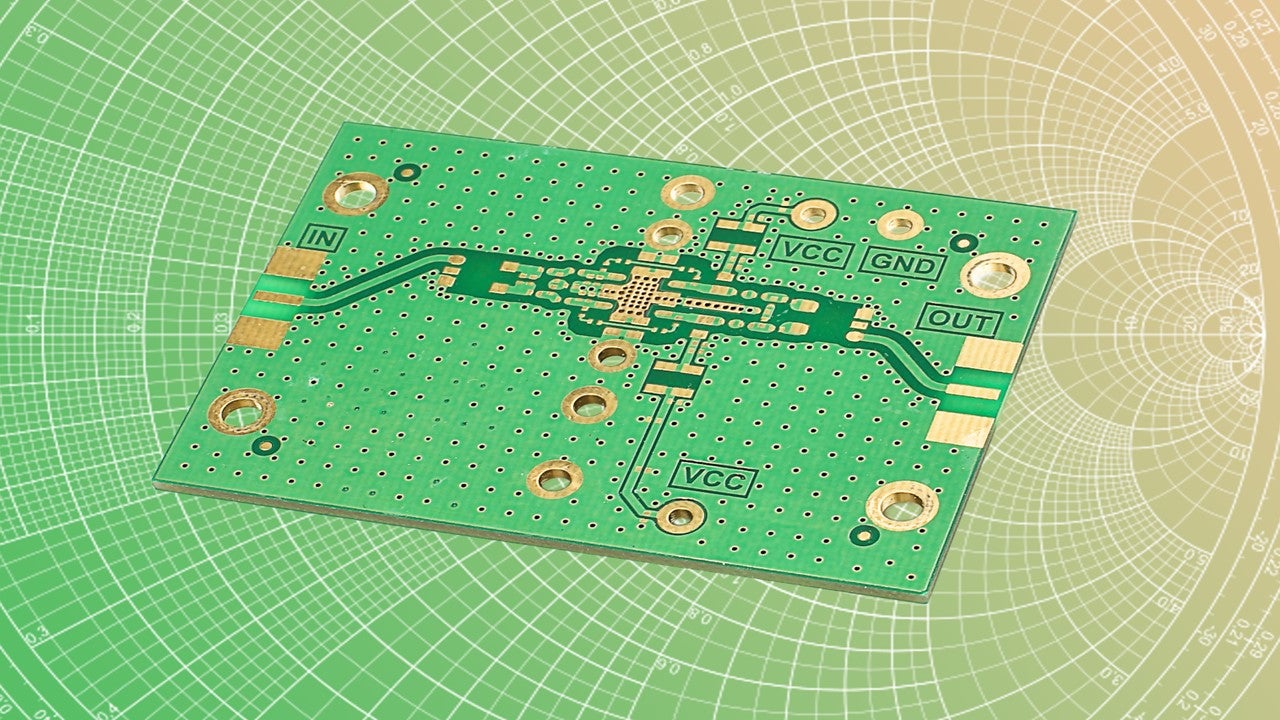
Innovation Course
Impedance Matching and Smith Chart
This course covers the fundamentals of microwave engineering and impedance matching, focusing on the concepts of transmission lines, reflection coefficient, Voltage Standing Wave Ratio (VSWR), and the Smith Chart. The course delves into the field of electrical e...Read more
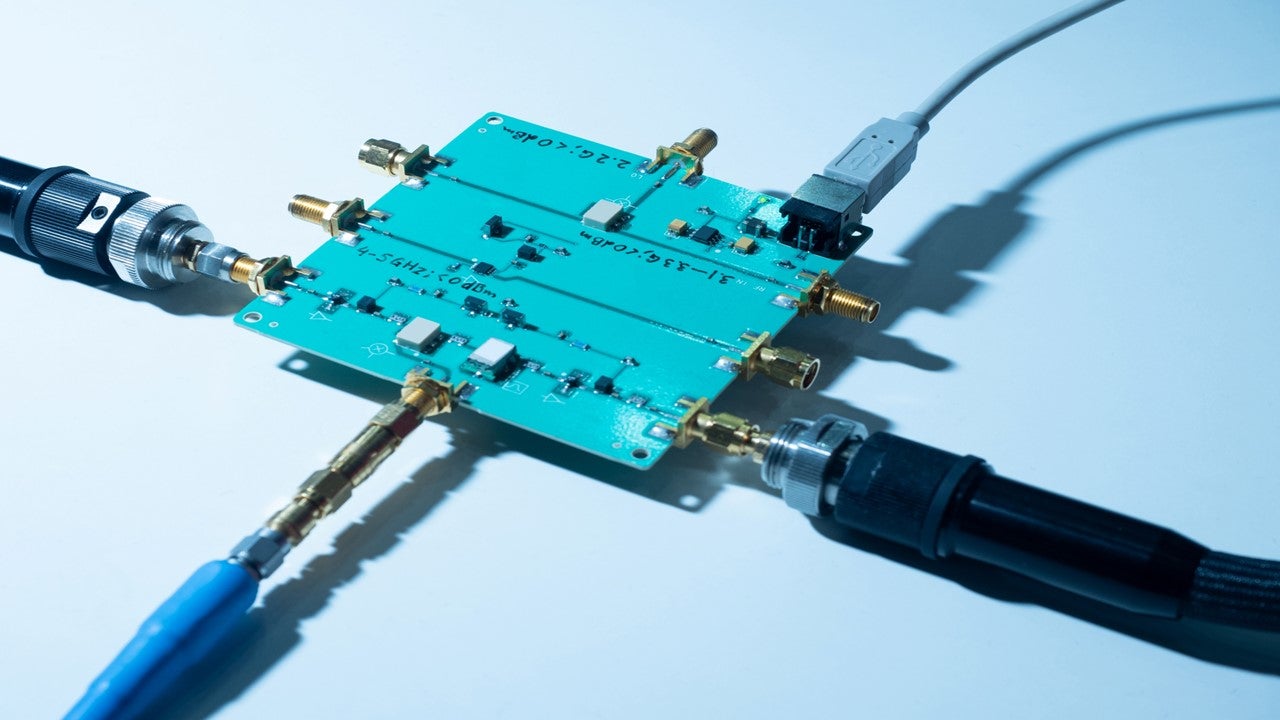
Innovation Course
Microwave Components - Part I
This course covers the fundamental concepts of microwave engineering, with a focus on microwave components, broadband impedance matching, multi-section transformers, and non-uniform transmission lines. For instance, it introduces the concept of modes in microwave engin...Read more
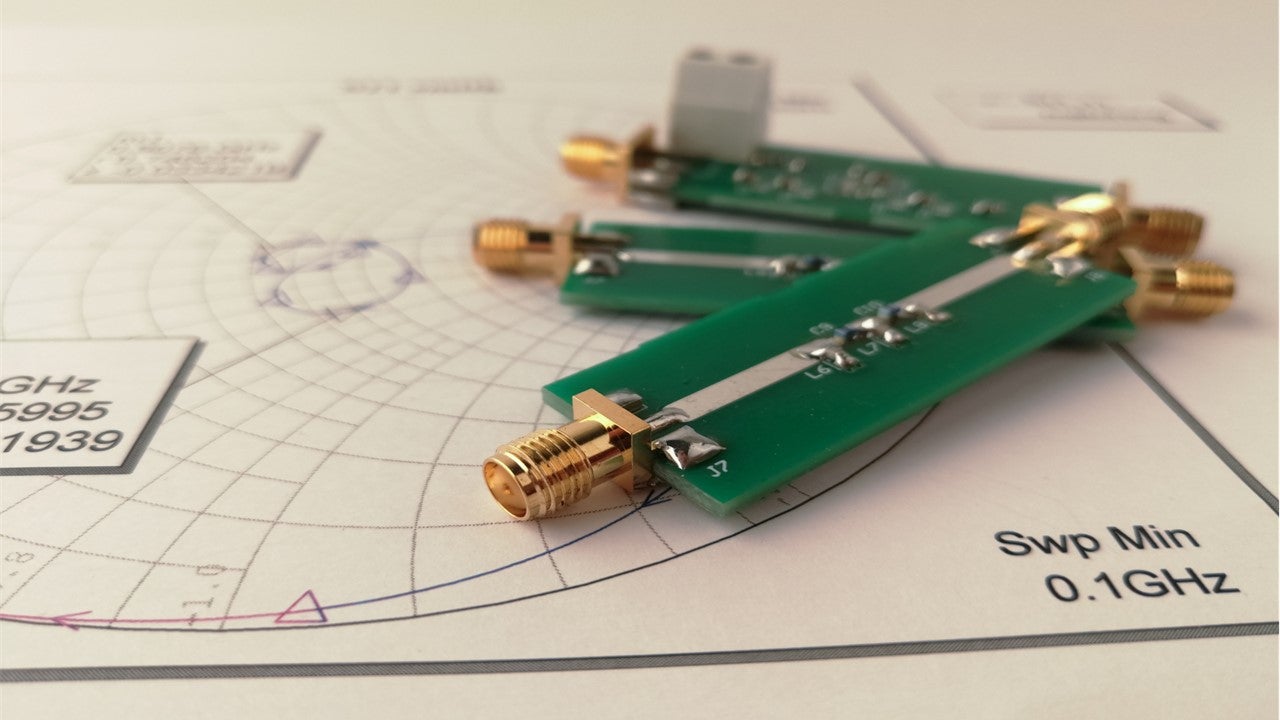
Innovation Course
Scattering Parameters in Microwaves Circuits
This course covers the comprehensive study of scattering parameters, their properties, and their application in microwave integrated circuits. For instance, the course begins with an introduction to impedance and admittance parameters, and their depend...Read more
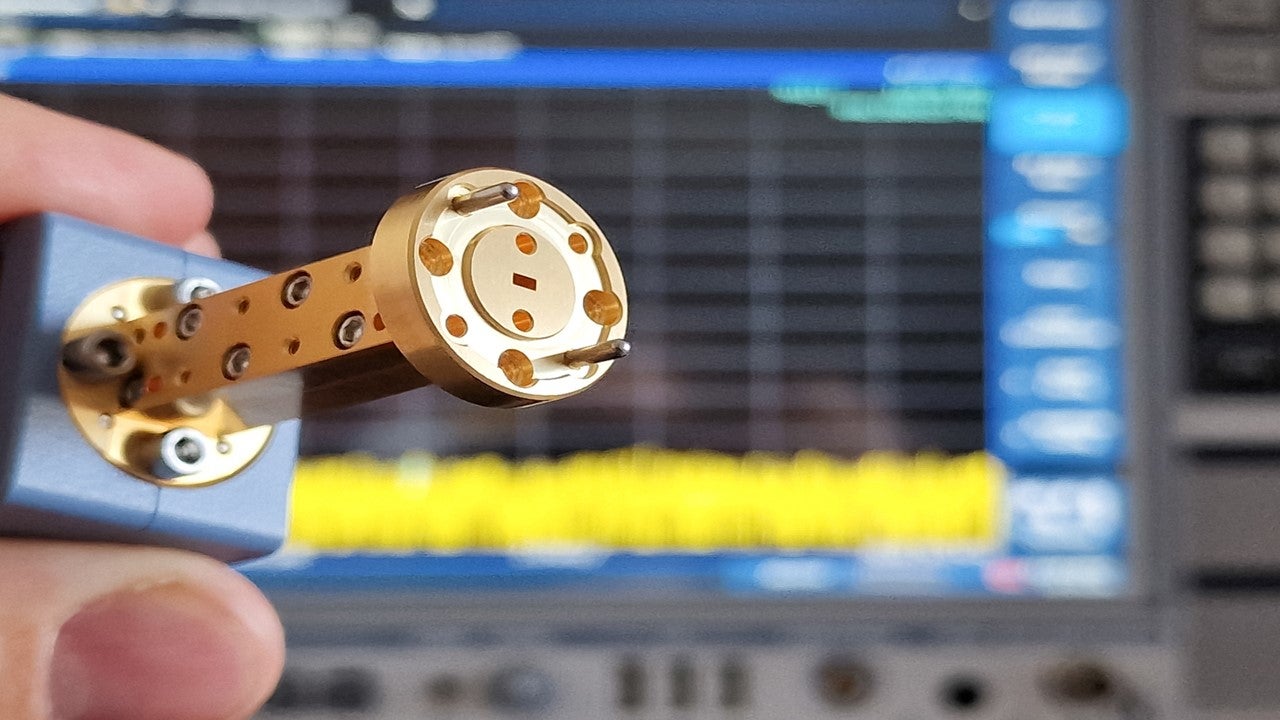
Innovation Course
Microwave Components - Part II
This course covers the comprehensive understanding of microwave components and filter design. It starts with the basic concepts of 1-port and 2-port devices, their practical examples, and their implementation in real-world scenarios. The course then progresses to the ...Read more
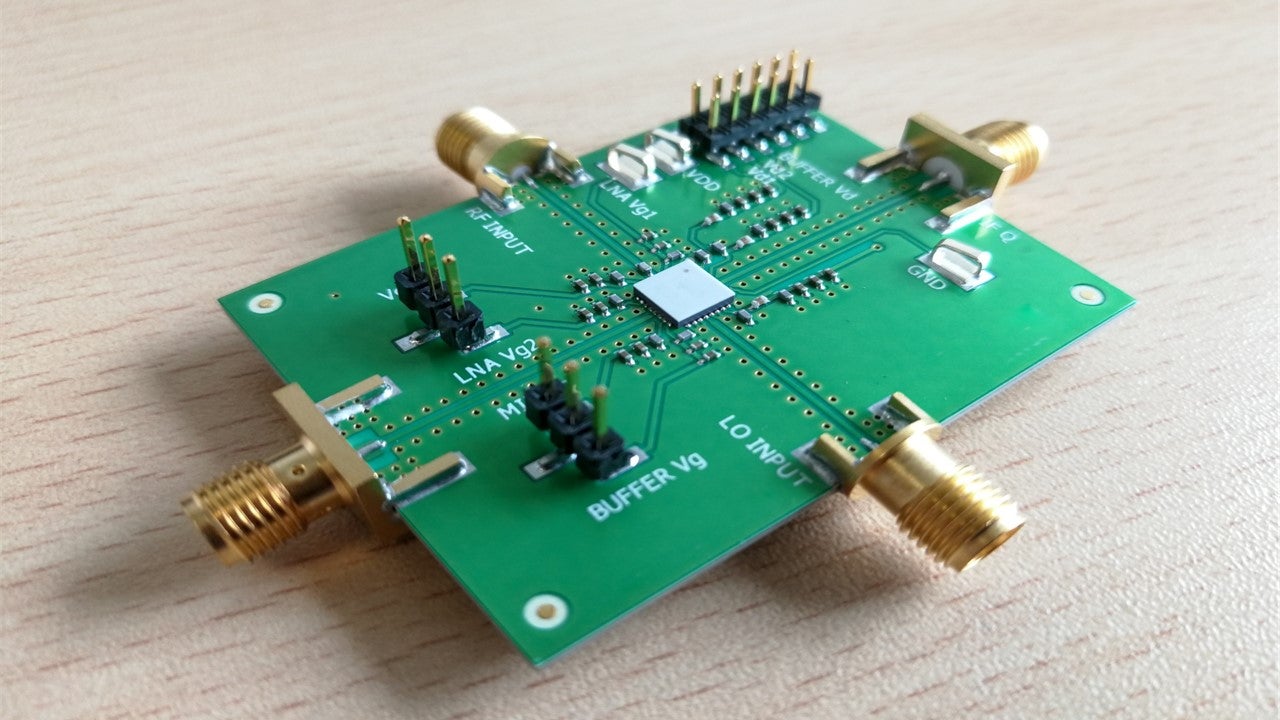
Innovation Course
Basics of Amplifier Design
This course covers the comprehensive understanding of amplifier design, stability, and efficiency. It starts with the importance of impedance matching in circuits, explaining the difference between passive and active circuits. The course then delves into the design of i...Read more

Innovation Course
Design of Oscillators
This course covers the intricate design and stability of oscillators. Oscillators, as autonomous systems, are unique in their ability to produce output without any input, which inherently makes them unstable. The course delves into the principles of stability in oscillator d...Read more


There is no badge available for this learning track.
Please visit Guided Learning Paths to browse through our selection of other learning tracks.